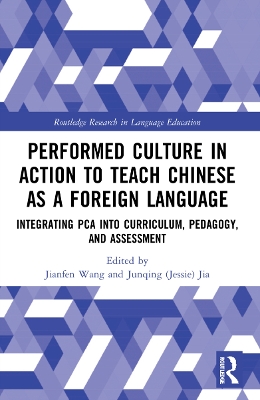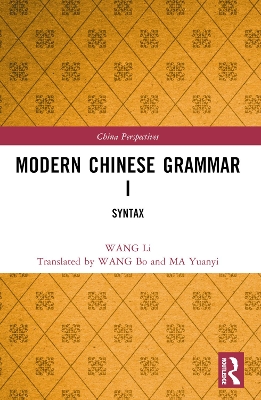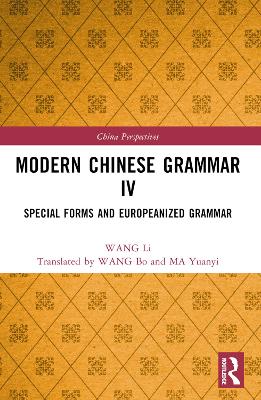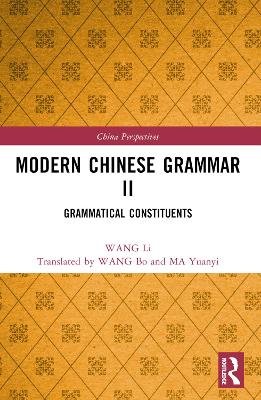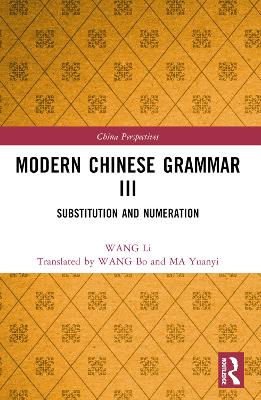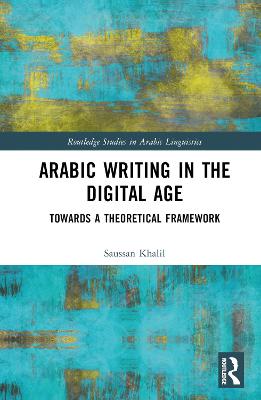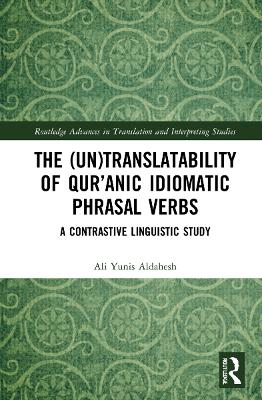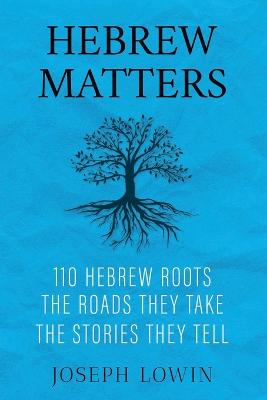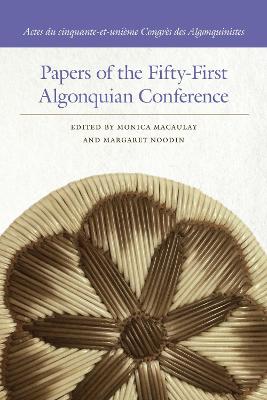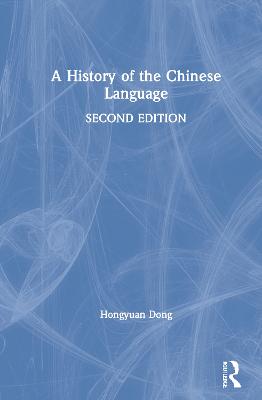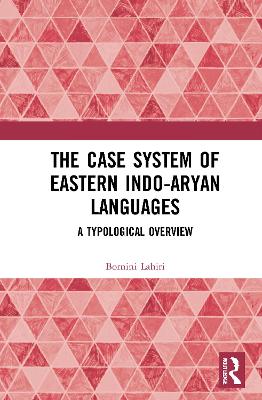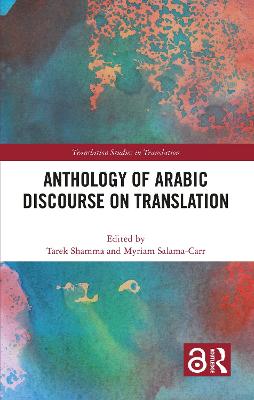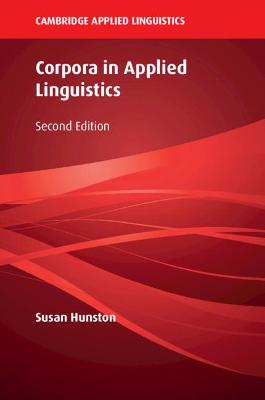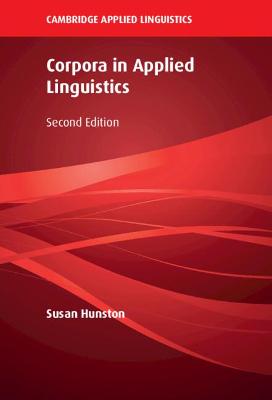History of the Chinese Language
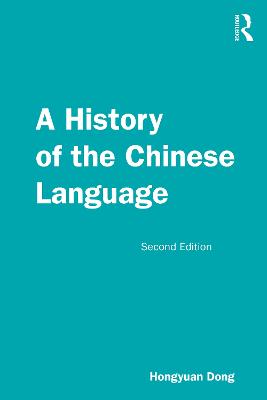 portes grátis
portes grátis
History of the Chinese Language
Dong, Hongyuan
Taylor & Francis Ltd
12/2020
230
Mole
Inglês
9780367209858
15 a 20 dias
460
Preface to the second edition
List of tables
List of figures
List of syntax labels
Chapter 1 Overview
1.1 What is Chinese historical linguistics?
1.2 Terminological clarification
1.3 Periodization of the Chinese language
Chapter 2 Prehistory
2.1 Establishing linguistic genetic relationships
2.2 The Sino-Tibetan languages
2.3 How old is the Sino-Tibetan language family?
2.4 Linguistic properties of Proto-Sino-Tibetan
Chapter 3 Old Chinese: The Elegant Speech
3.1 Evidence of sound change
3.2 Syllable structure of Chinese
3.3 Rhyme groups of Old Chinese
3.4 Initials of Old Chinese
3.5 Consonant clusters
3.6 Methodology of Old Chinese reconstruction
3.7 Tones in Old Chinese
3.8 A reconstructed system of Old Chinese
Chapter 4 Middle Chinese: The Poetic Language
4.1 The rhyme dictionary Qieyun
4.2 The f?nqie method
4.3 Structure of the Gu?ngyun
4.4 Rhyme tables
4.5 The linking method for analyzing the Gu?ngyun
4.6 The comparative reconstruction method
4.7 The notion of deng ("division, grade")
4.8 A reconstructed system of Middle Chinese
Chapter 5 Old Mandarin of Yuan Dynasty Dramas
5.1 The rhyme book Zhongyuan Yinyun
5.2 Categories of initials and finals in Old Mandarin
5.3 Reconstruction of Old Mandarin initials and finals
5.4 Tonal development
Chapter 6 Classical Chinese Grammar
6.1 What is Classical Chinese?
6.2 Morphology
6.3 Word classes
6.4 Basic word order
6.5 Special grammatical constructions
Chapter 7 Vernacular Writing
7.1 Diglossia
7.2 Sources of vernacular writing
7.3 Morphological developments
7.4 Word classes in the vernacular
7.5 Word order in the post-classical era
7.6 Syntactic changes
Chapter 8 Lexical and Semantic Changes
8.1 Extension
8.2 Narrowing
8.3 Shifting of word meaning
8.4 Substitution of lexical items
8.5 Mixed changes
8.6 Euphemism and taboos in lexical changes
8.7 Loanwords and calques
8.8 Clues to meaning change in Chinese characters
Chapter 9 Formation of Modern Standard Chinese
9.1 Origin of the national language
9.2 The modern phonology system
9.3 Morphological properties
9.4 Word classes and cross-category flexibility
9.5 Typical word order
9.6 Aspect markers
9.7 Current uses of special grammatical constructions
9.8 Changes in the modern lexicon
Chapter 10 Modern Chinese Dialects
10.1 Formation of Chinese dialects
10.2 Classification of Chinese dialects
10.3 Mandarin dialects
10.4 The Wu dialects
10.5 The Xiang dialects
10.6 The Gan dialects
10.7 The Kejia dialects
10.8 The Yue dialects
10.9 The Min dialects
10.10 Influences of the national language on dialects
Chapter 11 The Chinese Writing System
11.1 Origin of Chinese characters
11.2 Development of the writing system
11.3 Six types of characters in the liushu system
11.4 Characters in vernacular writing and dialects
11.5 Simplification of Chinese characters
11.6 Debates about the nature of Chinese writing
References
Appendix I: Major Chronological Divisions of Chinese History
Appendix II: Articulatory Phonetics and IPA
Appendix III: Chinese Pinyin Pronunciation Guide
Appendix IV: Correspondence Charts of Pinyin and IPA Symbols
Index
Preface to the second edition
List of tables
List of figures
List of syntax labels
Chapter 1 Overview
1.1 What is Chinese historical linguistics?
1.2 Terminological clarification
1.3 Periodization of the Chinese language
Chapter 2 Prehistory
2.1 Establishing linguistic genetic relationships
2.2 The Sino-Tibetan languages
2.3 How old is the Sino-Tibetan language family?
2.4 Linguistic properties of Proto-Sino-Tibetan
Chapter 3 Old Chinese: The Elegant Speech
3.1 Evidence of sound change
3.2 Syllable structure of Chinese
3.3 Rhyme groups of Old Chinese
3.4 Initials of Old Chinese
3.5 Consonant clusters
3.6 Methodology of Old Chinese reconstruction
3.7 Tones in Old Chinese
3.8 A reconstructed system of Old Chinese
Chapter 4 Middle Chinese: The Poetic Language
4.1 The rhyme dictionary Qieyun
4.2 The f?nqie method
4.3 Structure of the Gu?ngyun
4.4 Rhyme tables
4.5 The linking method for analyzing the Gu?ngyun
4.6 The comparative reconstruction method
4.7 The notion of deng ("division, grade")
4.8 A reconstructed system of Middle Chinese
Chapter 5 Old Mandarin of Yuan Dynasty Dramas
5.1 The rhyme book Zhongyuan Yinyun
5.2 Categories of initials and finals in Old Mandarin
5.3 Reconstruction of Old Mandarin initials and finals
5.4 Tonal development
Chapter 6 Classical Chinese Grammar
6.1 What is Classical Chinese?
6.2 Morphology
6.3 Word classes
6.4 Basic word order
6.5 Special grammatical constructions
Chapter 7 Vernacular Writing
7.1 Diglossia
7.2 Sources of vernacular writing
7.3 Morphological developments
7.4 Word classes in the vernacular
7.5 Word order in the post-classical era
7.6 Syntactic changes
Chapter 8 Lexical and Semantic Changes
8.1 Extension
8.2 Narrowing
8.3 Shifting of word meaning
8.4 Substitution of lexical items
8.5 Mixed changes
8.6 Euphemism and taboos in lexical changes
8.7 Loanwords and calques
8.8 Clues to meaning change in Chinese characters
Chapter 9 Formation of Modern Standard Chinese
9.1 Origin of the national language
9.2 The modern phonology system
9.3 Morphological properties
9.4 Word classes and cross-category flexibility
9.5 Typical word order
9.6 Aspect markers
9.7 Current uses of special grammatical constructions
9.8 Changes in the modern lexicon
Chapter 10 Modern Chinese Dialects
10.1 Formation of Chinese dialects
10.2 Classification of Chinese dialects
10.3 Mandarin dialects
10.4 The Wu dialects
10.5 The Xiang dialects
10.6 The Gan dialects
10.7 The Kejia dialects
10.8 The Yue dialects
10.9 The Min dialects
10.10 Influences of the national language on dialects
Chapter 11 The Chinese Writing System
11.1 Origin of Chinese characters
11.2 Development of the writing system
11.3 Six types of characters in the liushu system
11.4 Characters in vernacular writing and dialects
11.5 Simplification of Chinese characters
11.6 Debates about the nature of Chinese writing
References
Appendix I: Major Chronological Divisions of Chinese History
Appendix II: Articulatory Phonetics and IPA
Appendix III: Chinese Pinyin Pronunciation Guide
Appendix IV: Correspondence Charts of Pinyin and IPA Symbols
Index

